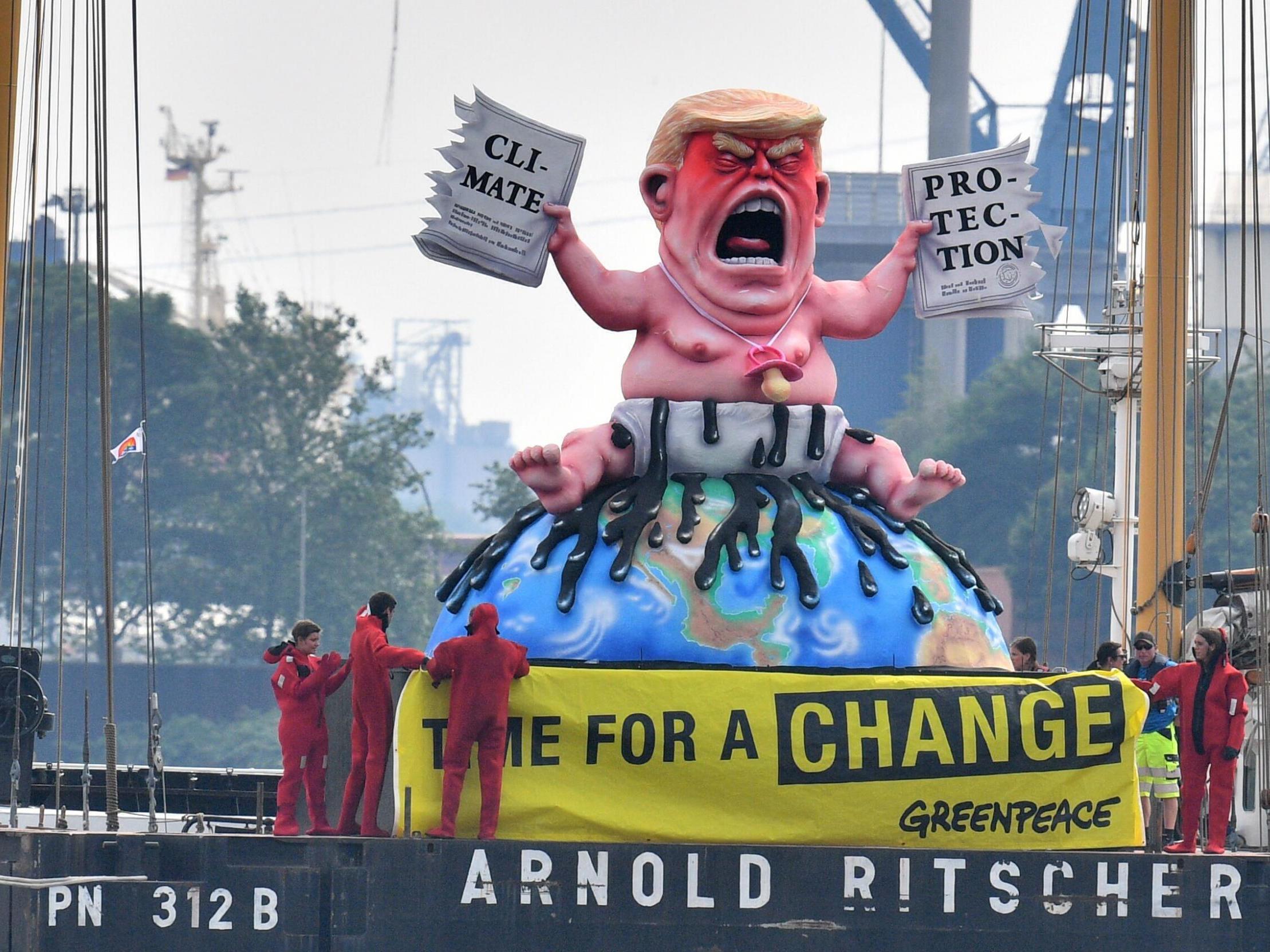Extinction Rebellion, Greenpeace and CND included in police counter-terror document
‘We don’t consider those groups to be extremist,’ top officer says

Your support helps us to tell the story
From reproductive rights to climate change to Big Tech, The Independent is on the ground when the story is developing. Whether it's investigating the financials of Elon Musk's pro-Trump PAC or producing our latest documentary, 'The A Word', which shines a light on the American women fighting for reproductive rights, we know how important it is to parse out the facts from the messaging.
At such a critical moment in US history, we need reporters on the ground. Your donation allows us to keep sending journalists to speak to both sides of the story.
The Independent is trusted by Americans across the entire political spectrum. And unlike many other quality news outlets, we choose not to lock Americans out of our reporting and analysis with paywalls. We believe quality journalism should be available to everyone, paid for by those who can afford it.
Your support makes all the difference.A number of peaceful protest organisations including Greenpeace, the Campaign for Nuclear Disarmament, and Extinction Rebellion have hit out at the inclusion of their logos alongside swastikas and SS symbols in a glossary of icons put together by counter-terror police.
Officers were accused of participating in a “massive state overreach” by campaign groups after it was revealed a document designed to help de-radicalisation efforts included the logos of environmental, animal rights and pacifist groups had been listed alongside iconography associated with Nazis and proscribed terror group National Action.
But officers said they did not believe legitimate protest groups to be extremist, while adding that the document was produced “to help police and close partners identify and understand signs and symbols they may encounter in their day-to-day working lives”.
The guidance makes up part of the Prevent programme, which trains teachers, youth workers and others who work with young and vulnerable people to spot the signs of radicalisation. It was first reported by The Guardian.
The release of the document comes just days after it was revealed Extinction Rebellion was included on a list of extremist organisations in a regional counter-terrorism report – with the document later withdrawn by Counter-Terrorism Policing South East.
“This is nothing short of pointing a finger at anyone that thinks differently to ‘business as usual’ – which is taking humanity to its grave – and lumping them all together,” Extinction Rebellion said in a post to the group’s website.
“The chilling effect is to leave people feeling under scrutiny, watched and pressurised, feeling othered, ashamed or afraid to be open about the things they care about such as the environment and the world around us.”
Andrew Smith of Campaign Against Arms Trade added: “The message that this appalling list sends is that if you care about social justice or oppose war, arms sales, discrimination or conflict then you can be included alongside white nationalists and neo-Nazi hate groups.
But Deputy Assistant Commissioner Dean Haydon, senior national co-ordinator for the UK’s counter-terror police, said the glossary existed to provide context to those looking out for signs of radicalisation – while the report itself noted on a page listing right-wing icons that “not all of the symbols within this document are of counter-terrorism interest, and should be viewed in context”.
Mr Haydon said: “We need our officers, front-line police colleagues and partners to be able to understand what organisations people may be affiliated with, and what their aims and activities – lawful or otherwise – are.
“But the guidance document in question explicitly states that many of the groups included are not of counter-terrorism interest, and that membership of them does not indicate criminality of any kind. To suggest anything else is both unhelpful and misleading.”
However, their inclusion still invoked the ire of protest movements.
John Sauven, executive director of Greenpeace UK, said: “Tarring environmental campaigners and terrorist organisations with the same brush is not going to help fight terrorism. It will only harm the reputation of hard-working police officers.”
Kate Hudson, general secretary of the Campaign for Nuclear Disarmament, added that she thought the group’s inclusion on the list is “massive state overreach and threatens our right to political engagement and peaceful protest”.
The historical relationship between UK policing and particularly environmental campaign groups is fraught. Women have spoken out in recent years describing how undercover officers formed relationships, and even fathered children, with them, while leading a double life.
Undercover officers have been deployed to spy on more than 1,000 groups, political organisations and gangs, The Independent reported in 2017.
Evidence hearings in the Undercover Policing Inquiry – known as the Pitchford Inquiry – are due to begin this summer.
Additional reporting by Press Association
Join our commenting forum
Join thought-provoking conversations, follow other Independent readers and see their replies
Comments